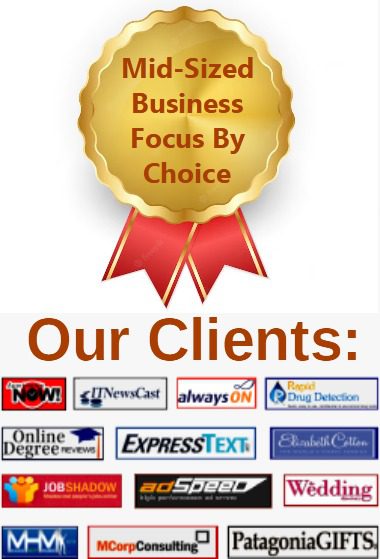Small businesses fail to make the most of their marketing efforts as they do not understand the different promotional strategies involved in it. Having prior information about the promotional strategies helps businesses in choosing a strategy which is more relevant to the business. This article discusses about pull and push strategies, the two techniques adopted by businesses to reach their marketing goals.
Pull strategy
In a pull strategy, the customer knowingly requests for a product or service and ‘pulls’ it from the intermediaries. That is, “Customer comes to the product or service”. This is a more proactive approach where customers are pulled using messages they care about. When it comes to online marketing, Search Engine Optimization (SEO) and Pay Per Click (PPC) campaigns pull the customers towards the business. This is because customers are receptive to marketing messages when they themselves are searching for it. When they see relevant marketing messages in their organic search results, they have a positive association with such companies.
Examples of pull strategy
- Search engine optimization
- Pay per click campaigns
- Creating useful, innovative and high quality products
- Providing excellent service
- Positive word of mouth for a product / service
- Providing free samples
- Trade promotions
Pull strategy can be used when
- The product is highly differentiated and identifiable
- A strong relation is to be created between customer and the brand
- When the product needs to be popularized
Limitations of pull strategy
- Useful only when the brand is highly visible
- Creating awareness often takes time and effort
Push strategy
In a push strategy, the customer does not necessarily request for a product or a service. Instead the product or service is ‘pushed’ to him. In simpler terms, “Product or service is taken to the customer”. This strategy typically involves products whose brand loyalty is low. The promotional efforts are aimed at pushing the product through the distribution levels. It requires the intermediaries to push the product to the end users using personal selling and promotions. When it comes to online marketing, email marketing, banner advertising, etc., on relevant websites push the message to the customers regarding the product.
Examples of push strategy
- Banner and pop up ads
- Radio and TV commercials
- Magazine ads
- In store displays
Push strategy can be used when
- The product or service is new with little or no market visibility
- Product purchase involves spot decisions
- Sales are to be increased at short notice
Limitations of push strategy
- High advertising cost
- Have to depend on the intermediary
Each strategy is unique in itself. You need to understand your target audience to know which strategy benefits you the most. The strategy must be employed based on the situation and what the business is trying to achieve. A successful promotional strategy can make use of both the push and pull promotional techniques to leverage more benefits out of its marketing plan.


